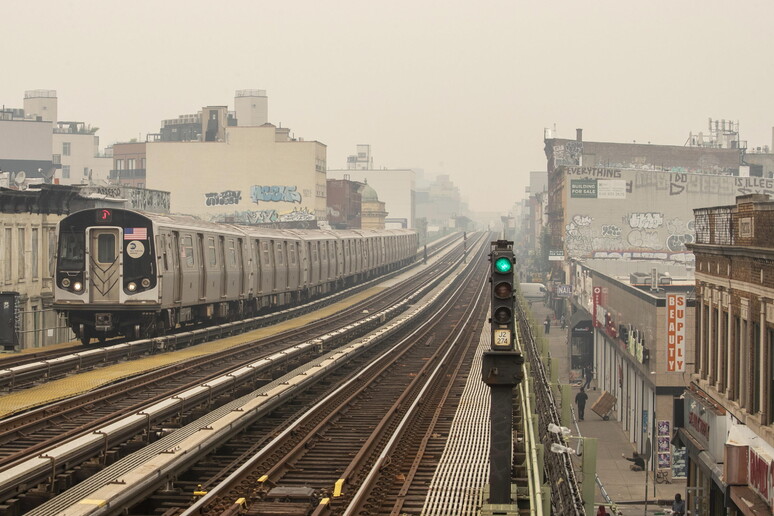Rents are now rising faster than an express train on the Q line and it’s not just a feeling. A new map published by the popular real estate listings platform RentHop confirms that, in 2025, average rental prices in New York have increased near 87% of subway stops up from 84% the previous year. In the Big Apple, the monthly rent for a one-bedroom apartment has reached a record-high median of $4,700, the highest ever recorded.
The annually updated overview breaks down average prices by the nearest subway station. The picture that emerges is clear: more and more residents are leaving Manhattan in search of more affordable housing in the outer boroughs, only to find that price hikes are hitting there too.
Steinway Street in Queens saw the largest jump, rising over 14.29% to an average rent of $3,000. The 183rd Street station in the Bronx recorded a 14.19% increase, reaching $2,278, while Ocean Parkway in Brooklyn climbed to $2,800 up 14.03%. Even less central stations like Bronx Park East and Kingsbridge Road weren’t spared, each seeing rent increases of over 13%.
According to RentHop, one of the main drivers is New York’s new congestion pricing program, which led to a 7% increase in subway ridership in the first half of 2025. As more commuters opt for an OMNY card instead of a car, proximity to a subway station remains an advantage but one that’s becoming increasingly expensive.
Real estate development is also playing a key role. New buildings in areas like Astoria, Fordham Heights, and Brighton Beach are bringing modern amenities and higher living standards, but also significantly higher prices. Even though these developments expand housing inventory, the units often rent well above the local median, pushing overall prices upward.
However, not all stations have seen price increases. Around 8%, 40 stops in total, have experienced a drop in rent, especially in parts of Williamsburg served by the L and G lines, and along segments of the 4 and 6 trains in the Bronx. The largest drop occurred at Ave N on the F line, with a symbolic decrease of just five cents.
For renters, the choice is becoming increasingly stark: accept a higher monthly expense, or deal with a longer commute.










